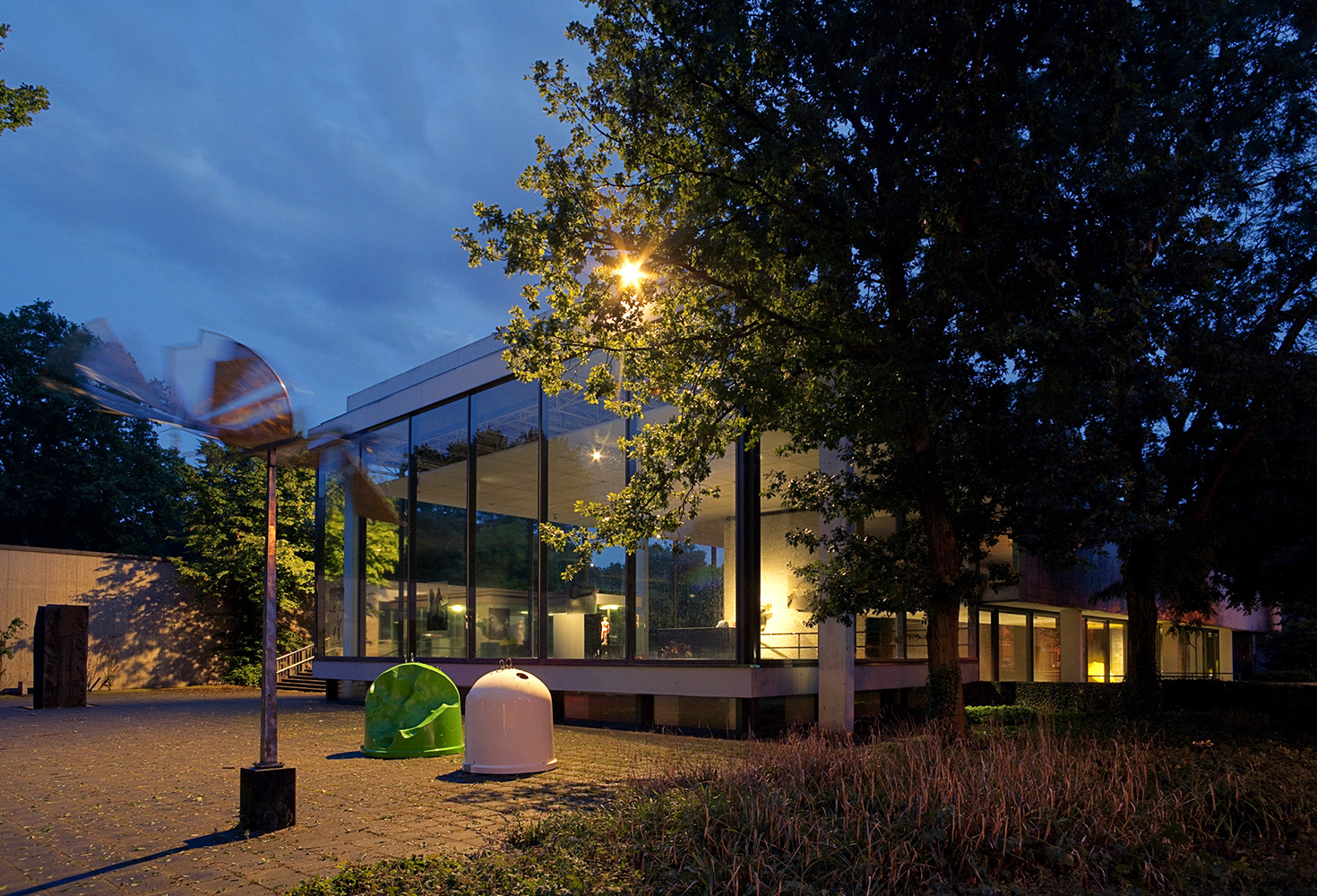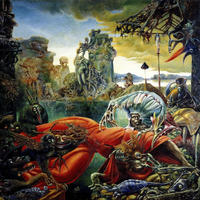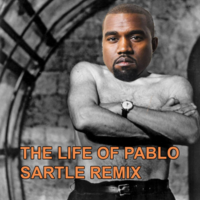More about Lehmbruck Museum
Works at Lehmbruck Museum

Sr. Contributor
Bad fundraising and a world war delayed the Lehmbruck Museum's opening for 50 years.
In 1905, leading citizens of Duisburg got together and decided it was high time the city by the Rhine had a proper museum. These civic-minded Duisburgers waited patiently, asking for donations to make the dream happen. Only, the money wasn't flowing in. Not even a trickle. So, the art lovers of Duisburg decided to go the cheaper route of buying artwork in hopes that a museum these would one day make. One artist that always held these folks' attention was hometown hero Wilhelm Lehmbruck.
They tried desperately to convince the artist to loan out to one of the city's museums, then appealed to his widow after his suicide in 1919. One of the town's museum directors finally convinced Wilhelm's widow to loan out several of the artist's key works by 1925. But then, of course, World War II happened. The Nazis decided (in their usual arbitrary fashion) to label Lehmbruck's art degenerate. Proto-Fascists vandalized one of Lehmbruck's pieces at the museum just two years after they went on view. The museum quickly gave all the artwork back to Lehmbruck's family, where it was stored throughout the war. Some of the artist's work was damaged even while in hiding, prompting his family to keep a tight lid on it even after the war ended.
Wheeling and dealing through the decades following the war finally landed the collection in the town's hands. That is, after they appointed Manfred Lehmbruck, Wilhelm's son, as lead architect of the finally forthcoming museum. Naming the museum after the artist sealed the deal, and finally got the city its local-centric art center with an international undercurrent. Today, the Lehmbruck is one of Europe's best collections of modern sculpture (with a solid collection of other media) set in a lovely little park in the middle of town.
Featured Content
Here is what Wikipedia says about Lehmbruck Museum
The Stiftung Wilhelm Lehmbruck Museum - Center for International Sculpture is a museum in Duisburg, Germany.
Sculptures by Wilhelm Lehmbruck, after whom the museum is named, make up a large part of its collection. However, the museum has a substantial number of works by other 20th-century sculptors, including Ernst Barlach, Käthe Kollwitz, Ludwig Kasper, Hermann Blumenthal, Alexander Archipenko, Raymond Duchamp-Villon, Henri Laurens, Jacques Lipchitz, Alexander Rodtschenko, Laszlo Péri, Naum Gabo, Antoine Pevsner, Pablo Picasso, Salvador Dalí and Max Ernst. This is complemented by a considerable number of paintings by 19th- and 20th-century German artists. The museum circulates its substantial collection by re-installing works on an annual basis.
Check out the full Wikipedia article about Lehmbruck Museum












